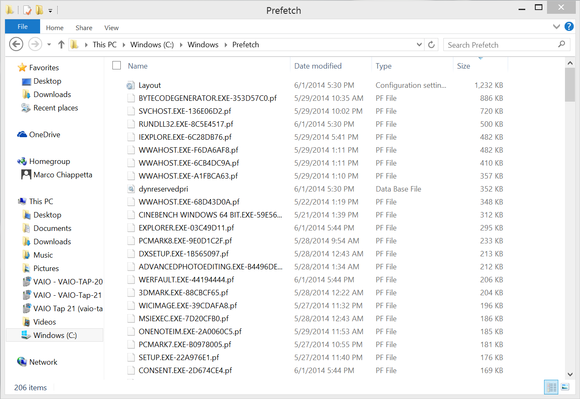OS X Yosemite Mac interface rebuilt For Retina
Hi Friends! OS X's look and behavior were imminent. The conventional wisdom during the Lion and Mountain Lion eras was that Apple had placed OS X on a collision course with iOS, and inevitably the two would come together to form...well, if not a single operating system, then two variations on a single theme.In the past year, though, it’s become clear that Apple no longer believes in that approach, if it ever truly did. iOS 7 took big, bold steps in one direction and OS X Yosemite takes smaller steps in a different one. After spending several days running Yosemite (on a Retina MacBook Pro provided to me by Apple and pre-loaded with the first developer release), it’s clear that Apple has a very clear and distinct future in mind for the Mac even though some of today’s Apple hardware might not be up to delivering it.

WWDC, Apple unveiled the 15-inch MacBook Pro with Retina display, and a few months later the 13-inch models arrived. But two years into the Retina Mac era, there are still no Retina iMacs or MacBook Airs, nor are thereaffordable external Retina displays.For a while now, I’ve thought that 2014 would be the year that Retina spreads across the Mac product line. After spending time with Yosemite on both Retina and non-Retina systems, I’m more confident than ever in that guess. Yosemite’s new design feels like it was built for Retina displays: Thin Helvetica Neue replaces the long-serving but chunky Lucida Grande as the system typeface. Transparency is more present than ever before, inside app windows and underneath toolbars and even on the login screen itself.OS X Yosemite is gorgeous on such a display. So here’s hoping Apple rolls out high-resolution iMacs, MacBook Airs, and (dare I hope?) an external display later this year; if it does, Yosemite’s refined look will be able to shine up and down the product line.Apple showed off a new "dark mode" for the OS X interface when it previewed Yosemite at WWDC. Unfortunately, the build of Yosemite I received didn’t implement this feature. I’m looking forward to seeing what OS X feels like when it switches to light text on a dark background. Mac uses a display that’s a lot wider than it is tall. So in the Mac interface, height is at a premium, while there’s width to spare. (This is why I don’t understand why people leave their Dock visible on the bottom of the screen I’ve always pinned mine to the right side.) Yosemite’s design tries to fit more stuff on your screen by cutting the height of many window title bars in half.
This has a ripple effect on other interface elements. Take, for example, those stoplight buttons that were previously on the same level as the centered name of the window and, far off to the left, the double-headed arrow icon for full-screen mode. Now those buttons share space at top of windows with other interface elements.
In Yosemite’s version of Safari, the three buttons are on the same level as toolbar elements such as the next/previous page button, the address/search bar, and the like. In fact, in Safari the name of the window (and, therefore, the title of the page you’re viewing) is completely gone.

design isn’t consistent across all of Apple’s apps, either. (Since this is an early developer-preview edition, things could certainly change before Yosemite reaches users this fall.) The stoplight buttons share space with the toolbar in the Calendar, Maps, Messages, and Reminders apps. (Philosophical question: If a bar contains no title, can it still be called a title bar?) Yet Mail, TextEdit, Preview, and iWork all look the same as they ever did.
I don’t really mind the trend—I use an 11-inch MacBook Air every day, so I know about cramped working environments. By merging the toolbar and title bar, this approach saves some precious vertical space. Unfortunately, an overly cluttered title bar might be hard to reposition on screen if you can’t find anywhere to click that isn’t covered by a button. And while those old title bars featured an awful lot of empty space, sometimes such space can be good. Yosemite’s new look can lead to situations where windows feel more cluttered.
















